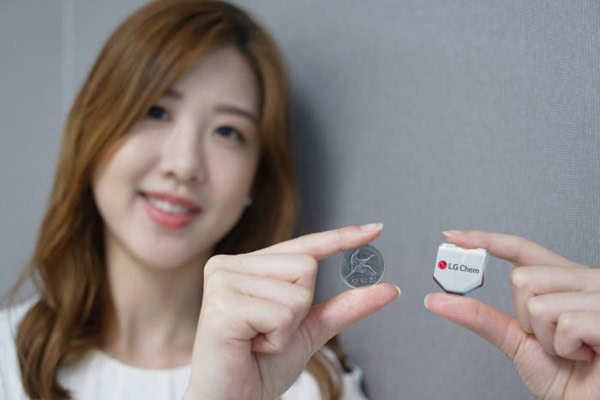Affiliate links on Android Authority may earn us a commission. Learn more.
LG hexagonal batteries improve smartwatch battery life

Battery resarchers may be focusing on innovative new materials and flexible designs, but research in this field is also opening up opportunities for batteries in new weird and wonderful shapes. LG Chem has just announced a new hexagonal battery design that could have a lot to offer the growing wearables market.
The hexagonal battery makes us of LG Chem’s patented “Stack & Folding” method. This technology injects electrolytes after stacking anode material, separation film, and cathode material layer by layer. This results in greater freedom in design, energy density, and more stable performance than the commonplace Winding method.
LG is the first to announce such a shaped battery and is planning to have the battery enter mass production before the end of 2015.
“A reason why we are mass-producing Hexagon Batteries are due to increased recent demands for circular design. We have worked together with global IT companies on developing battery technologies for Smart Watches.” – LG Chem
Clearly, a hexagonal design can make a much more efficient use of the space inside a circular smartwatch design than a square battery. LG expects that this superior use of space could increase battery capacity by up to 25 percent, which could result in up to 4 hours more screen on-time with your typical smartwatch. Although not every wearable product will find use for this battery shape, smartwatches are mostly beginning to confirm to more traditional circular designs.
The company is also working on other battery shapes for different products, including L-shape and ‘doughnut’ batteries with a hole in the middle. In the past, the company has also shown off its curved and wire battery prototypes.
Gartner research predicts that smartwatches will make up 40 percent of the watch market by 2016 and that over 200 million smartwatches will have shipped by 2020. LG is setting itself up to power a good portion of these devices over the coming years.